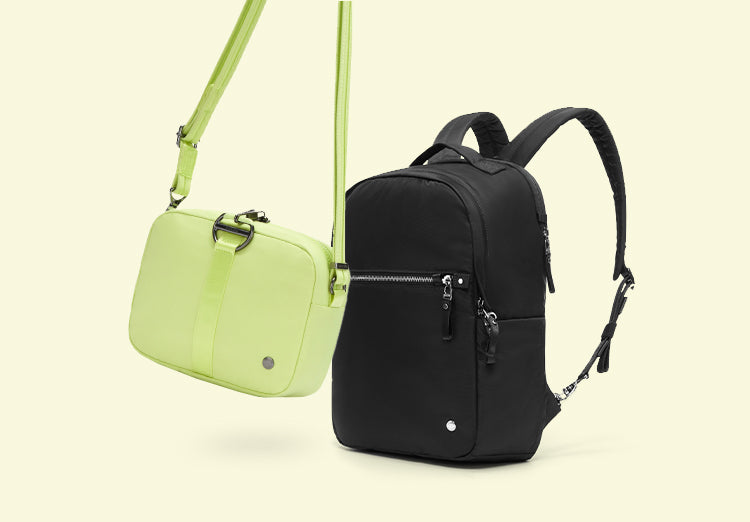Click here to sign up for 10% off your first order.|Free shipping for all orders to Hong Kong|Start Whatsapp live chat here
Click here to sign up for 10% off your first order.|Shipping fee for all orders to Macau - HKD 30 |Start Whatsapp live chat here
Click here to sign up for 10% off your first order.|Free shipping for all orders to Hong Kong|Start Whatsapp live chat here
Click here to sign up for 10% off your first order.|Shipping fee for all orders to Macau - HKD 30 |Start Whatsapp live chat here











 Some travelers are completely oblivious to hurricane season, while more seasoned travelers can be hyper vigilant to the point of avoiding travel in any area where the weather might mess with their adventure or vacation. Neither is particularly beneficial. You shouldn’t ignore or avoid hurricane season when planning your trip. So what should you do? Educate yourself and make plans accordingly. Here are 8 tips to lower your risks and increase the likelihood that you’ll still have a great vacation, even with the threat of scary weather lurking over your plans.
Some travelers are completely oblivious to hurricane season, while more seasoned travelers can be hyper vigilant to the point of avoiding travel in any area where the weather might mess with their adventure or vacation. Neither is particularly beneficial. You shouldn’t ignore or avoid hurricane season when planning your trip. So what should you do? Educate yourself and make plans accordingly. Here are 8 tips to lower your risks and increase the likelihood that you’ll still have a great vacation, even with the threat of scary weather lurking over your plans.

